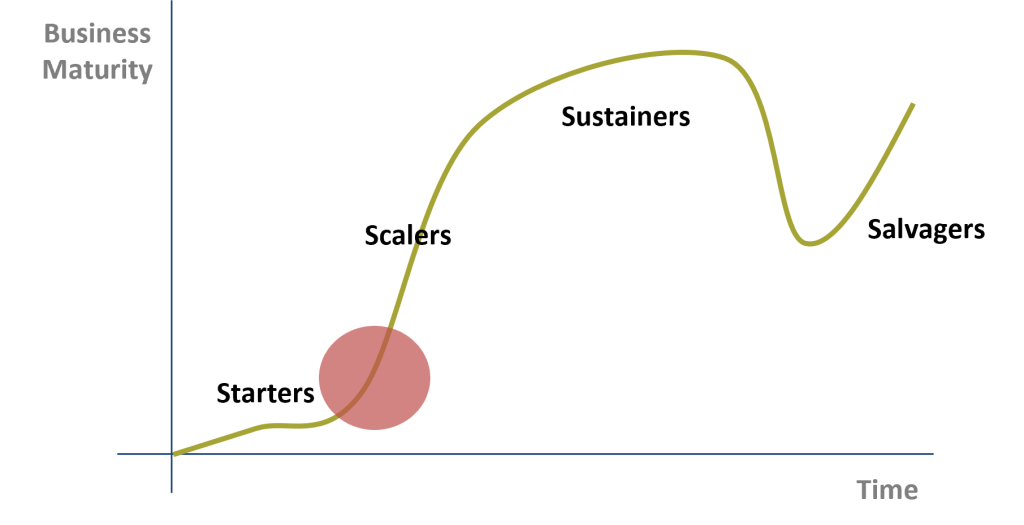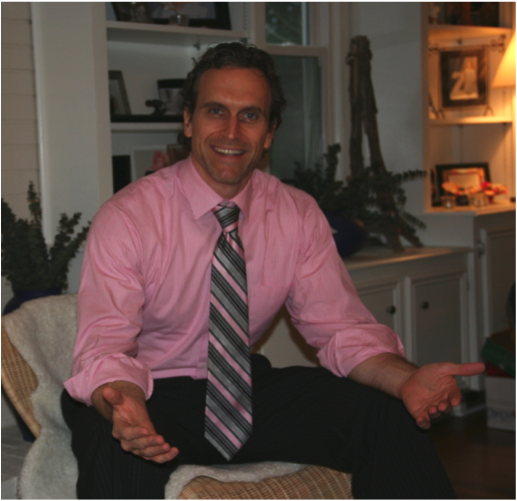If you’ve been following the last few articles, the theme has been exploring the unique endeavor of “entrepreneurship within large organizations” (aka “corporate entrepreneurship”), its challenges & paradoxes, its opportunities, and what it takes to get it right. Based on our experience of helping others & doing it ourselves, we’ve identified some key “best-practices” that are foundational to success. So far we’ve covered:
- C-Suite Vision & Championing
- External Connectivity/Customers
- Strategic Focus & Sponsorship
- Core Innovation Process
(I encourage you to read these articles for context)
This time we’ll zoom-in on another critical success-factor – the importance of having the right people. It has been said that “entrepreneurship is fundamentally a people business” – I could not agree more. While the other factors provide the “skeleton” for success (i.e. structural- and environmental- parameters), the “people part” is the “soft tissue” that makes it live.
However, while it may appear obvious on the surface, getting the “people part” right is actually a key challenge, especially in large established organizations. Why? To better understand the dilemma let’s look at the different people-profiles aligned to different business-maturity-levels. The following categorization is one we’ve adopted from a leading innovation team at Proctor and Gamble.
- Starters – those that have the vision, drive and high tolerance for risk & ambiguity and thrive on creating something from nothing. They typically have strong abilities in understanding customer problems & needs as well as a passion & capabilities for the actual “craft” that solves the respective problems (ex programing, construction, fashion, etc.). As the name implies, they are the “spark” that lights the flame of action & innovation.
- Scalers – they like to build – strategy, processes, teams. They work systematically to expand & standardize things that work “manually” into things that can be replicated through other people and an organization at large. While they may be less creative or inspired than starters, they are the catalyst that can take an idea that has potential and turn it into a scalable business.
- Sustainers – they’re able to manage and bring stability & predictability to large organizations. Maintaining processes, while ensuring discipline & compliance to them, is critical to incremental/continuous progress. They have the skill & patience to build coalitions, working through complex organizational systems and networks to keep the “aircraft carrier” pointed in the right direction and moving forward.
- Salvagers – these people “wake up when the house is burning down.” They’re motivated by a crisis, the potential for a turnaround, and have the courage to organize quickly and make tough decisions. They often have low regard for “rules & norms” and have the ability to be unemotional when having to “amputate to survive.”
Based on the above, a few insights are worth deeper consideration. First, all the personality-profiles are equally important (not one better than the other) but derive their unique value depending on the specific “maturity-need” of the initiative or organization at a given moment in time. Second, from the perspective of innovation & entrepreneurship, the starter & scaler profiles are the undisputed essential ingredient. Taking these a step further, and considering the context of most large organizations, this creates significant tension, since the cultural center of gravity js typically “sustainers(ing)” – ex mindset, processes, metrics, rewards, recruiting, risk tolerance…
This begs the practical question of where to find and how to manage starter & scaler profiles within a sustaining organization, but also highlights the primordial goal (and challenge) of creating & protecting a starter & scaler sub-/counter- culture within an organization who’s mindset is the opposite (sustaining).
On the latter (creating an entrepreneurial organization), the success-factors mentioned in the other posts in this series provide guidance on how to create the “ideal conditions” to accomplish this. On the former (finding/managing/organizing the starter & scaler profile & mindset) we’ll provide additional practical guidance in our next post.





